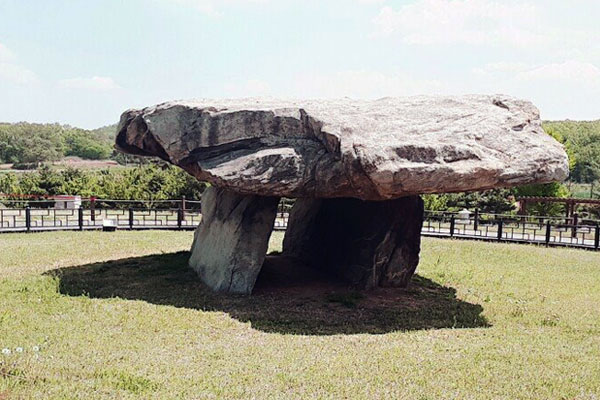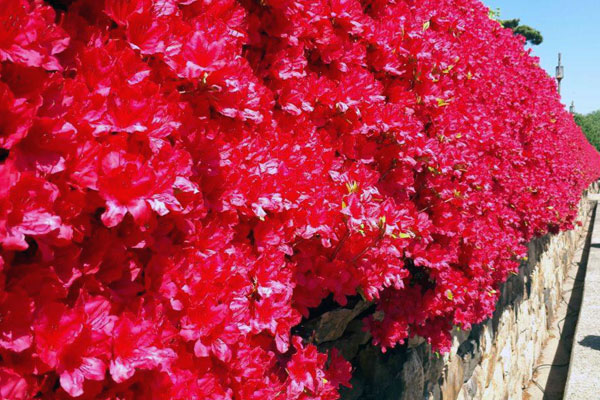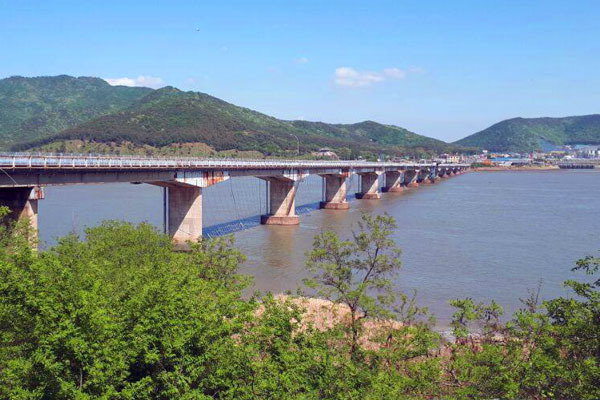Ganghwa Island, in South Korea, the historical cradle of the country
Published on December 17, 2024
Did you know? The Korean peninsula was populated at the same time as the rest of the world, that is to say, a little over 8,000 years before BC, during the Neolithic period, and more specifically on the small island of Ganghwa in South Korea, located at the northwestern border between the two Koreas.
An island of about 305 km² where archaeologists have found dolmens identical to those you can find in Armorica, listed as UNESCO World Heritage in 2000. Discovering this island during a trip to South Korea will transport you into the country's History.
The Land of the Morning Calm from the Neolithic to the Present Day
The island of Ganghwa in South Korea, or Kanghwa, is not only an island with Neolithic remains, but for hundreds of years it has been a strategic island for the kingdoms of the peninsula. This island is a key point due to its location at the mouth of the Han River, a river that crosses the capital: Seoul. It is therefore a perfect outpost for the security of the city and, as such, many fortifications have been built there over the centuries.
 Ganghwa Dolmen
Ganghwa Dolmen
During the period of the Goryeo kingdom (12th and 13th centuries), the island of Ganghwa even served as a refuge for the inhabitants of the capital and the governments of the kingdom during attacks by people from Mongolia. During the time of the Joseon kingdom (late 13th – early 20th century), the island again served as a refuge against foreign invaders from Manchuria.
During the 19th century, Western nations tried several times to enter Korea via the Han River, but they were always blocked by the fortresses and protective barriers on Ganghwa Island.
Even today, the island, which nevertheless seems to live in peace like the rest of the South Korean peninsula, is a major strategic location. Indeed, the north of the island is only 1.8 kilometers away from the border with North Korea
Why visit Ganghwa Island during a trip to South Korea
The History of the Country
On this island, you can explore the entire history of the Korean peninsula, from prehistory to the present era, and better understand this so strange situation of fragile "peace" with the North Korean neighbor. You can admire the dolmens of "Bugen-ni Dolmen", the Ganghwa History Museum, but also military fortresses like the "Gapgot" battery which allowed Koreans to resist the French and American armies.
Buddhist Temples and Royal Palaces
The temples, symbols of the Buddhist presence in the region, such as "Jeongduksa temple" or "Bomunsa temple". The royal palaces with the "Goryeogungji palace" (the Goryeogung palace) which was built on the island during the Goryeo kingdom.
Not to mention the Ganghwa fortress and the Anglican church of Ganghwa, which looks just like a Buddhist temple!
Understanding the Geopolitical World of Asia
By visiting the "Ganghwa peace observatory", you will better understand the geopolitical and military situation with the North Korean neighbor.
Visiting Traditional Korean Markets
 Azaleas cover the island in spring
Azaleas cover the island in spring
You can also visit the traditional market where kimchi (chili-fermented cabbage) beloved by Koreans is sold, ginseng with its many medicinal virtues, but also the spices and ingredients that make Korean cuisine so fragrant, spicy, and unique.
During the Azalea Festival, in April, Mount Goryeosan is covered with flowers and a festive atmosphere reigns over the park
Ease of Access
 Ganghwa Bridge
Ganghwa Bridge
To get there, allow about two hours by public transport and a little less than an hour by car (depending on road traffic). The distance allows you to make a simple excursion to the island if you spend a week in Seoul or more. This outing from the megalopolis is a welcome breath of fresh air that allows you to better understand the country's history.
A website by
Customize your trips with Quotatrip and receive tailor-made offers directly in your inbox.
Discover a country